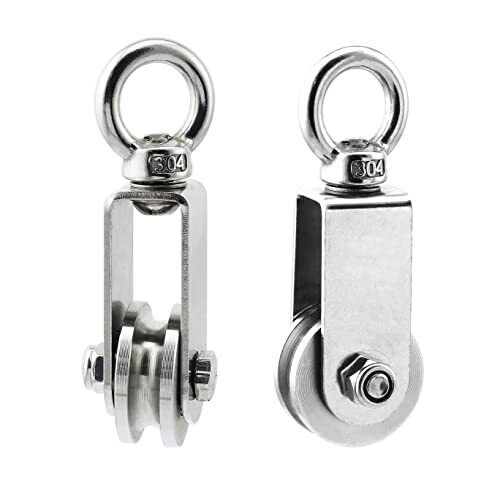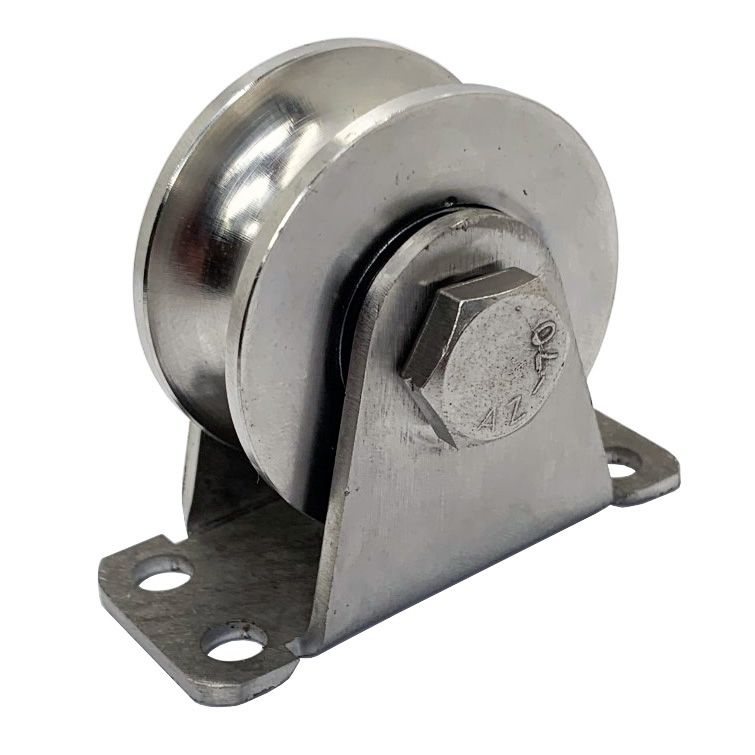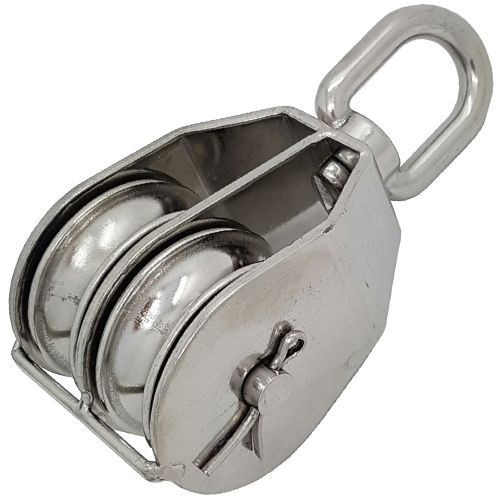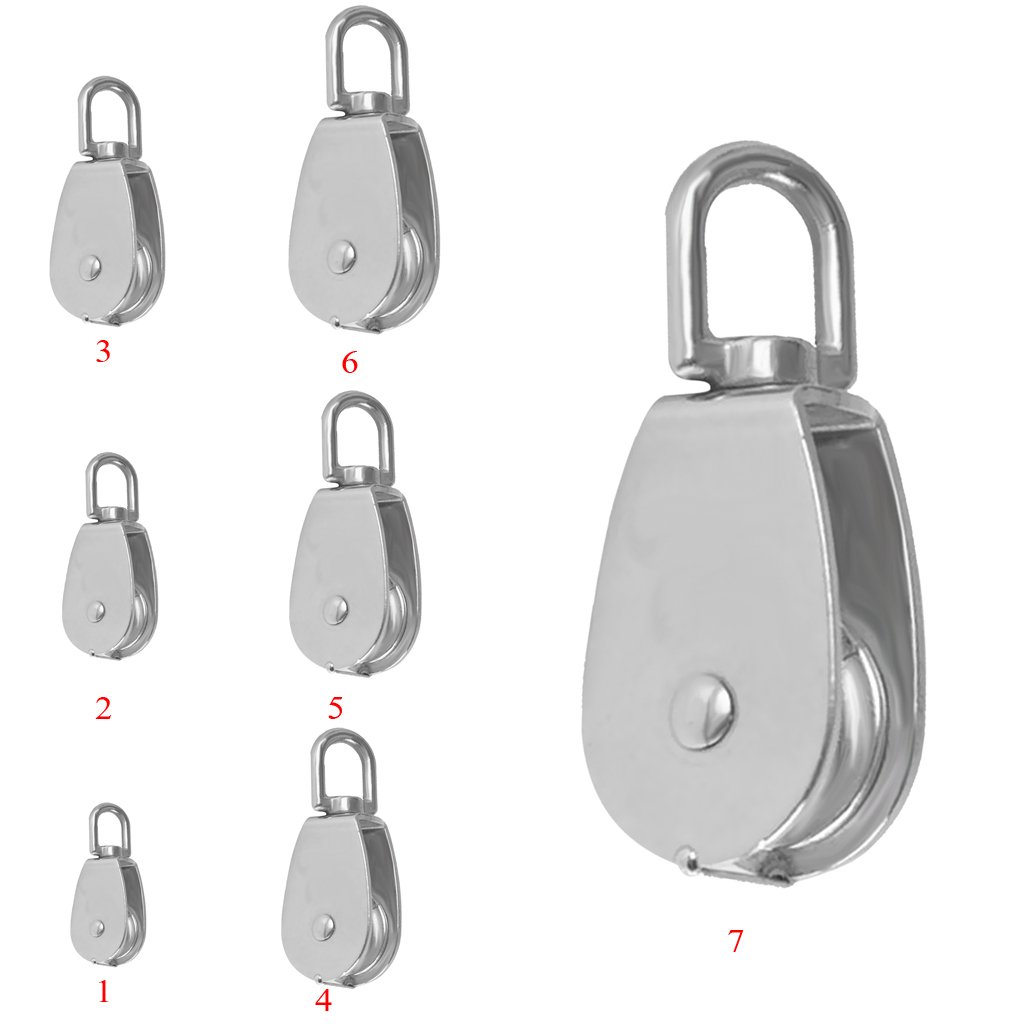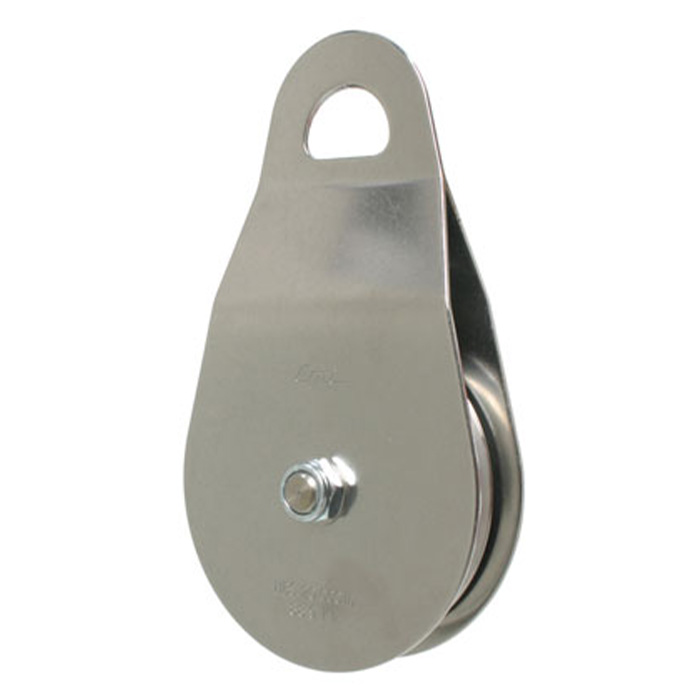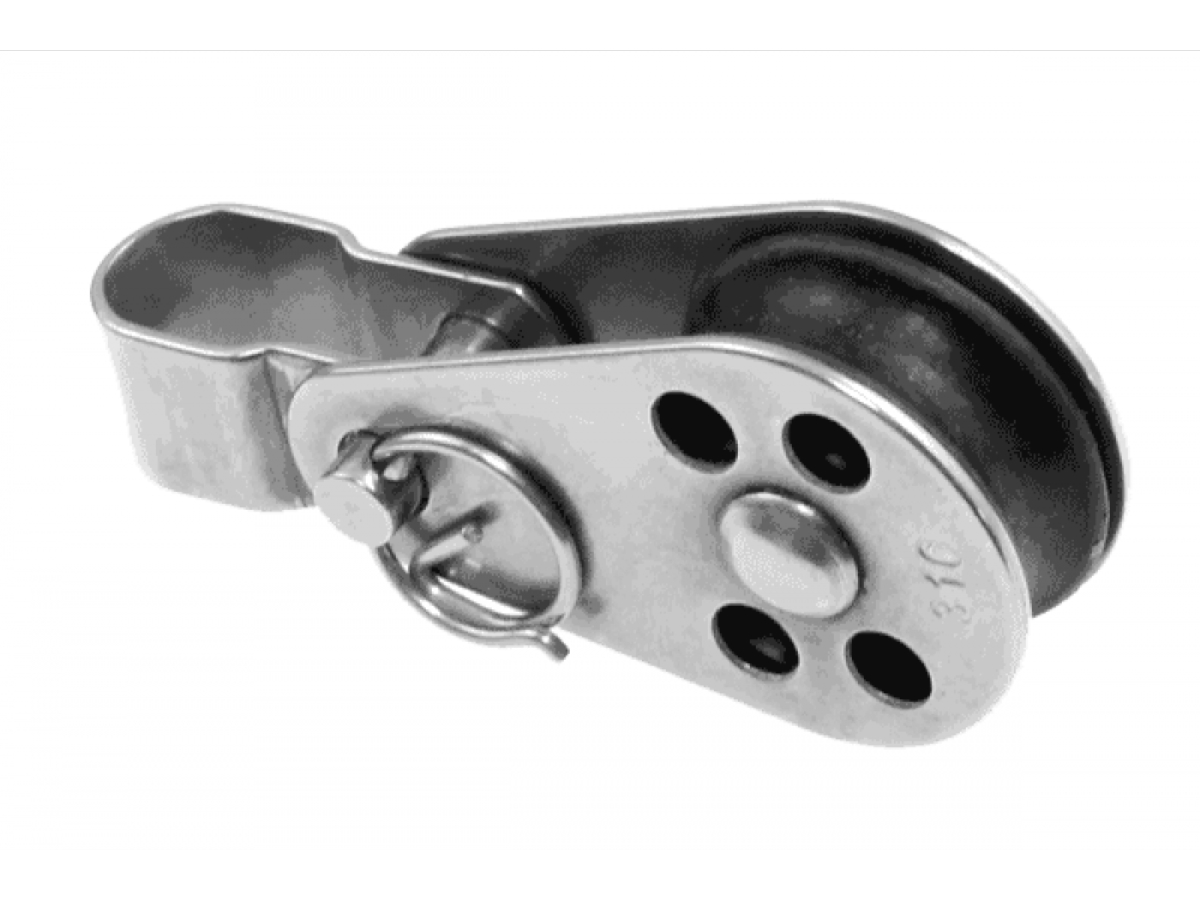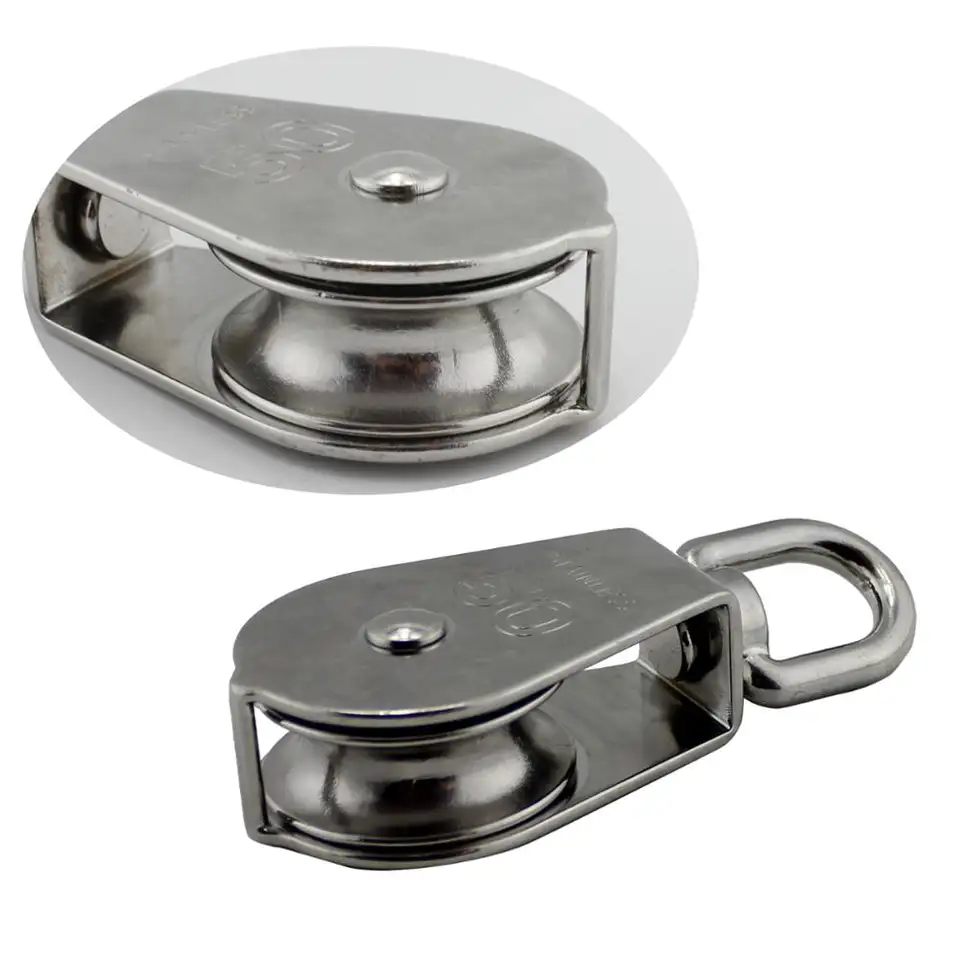Product Description
IHF S45C Stainless Steel Synchronous Blackening Timing Belt Pulley For New Energy Industry
Advantages:
1. Good quality products
2. Competitive prices
3. Fast delivery
4. Best after-sale service
5. Brand: HeFa or OEM/ ODM
6.Normal torque drive timing pulley:MXL/XL/L/H
7.High torque drive gear type: S2M/ S3M/ S5M/ S8M/ HTD3M /HTD5M/ HTD8M/P2M/P3M/P5M/P8M
8.High precision position drive gear type:2GT/3GT/5GT/8YU
9.Light load drive gear type:T5/T10
10.Heavy load drive gear type:AT5/AT10
Product Parameters
| Product | Timing Belt Pulley & idler pulley |
| Teeth type | Normal Torque Drive Type:MXL,XL,L,H,XH,XXH High Torque Drive Type:S2M,S3M,S5M,S8M,HTD2M,HTD3M,HTD5M,HTD8M,P2M,P3M,P5M,P8M High Precision Position Drive Type:2GT,3GT,5GT,8YU Light Load Drive Type:T5,T10,T20 Heavy Load Drive Type:AT5,AT10,AT20 |
| Basic shape | Type A,Type B,Type D,Type E,Type F,Type K |
| surface treatment | Natural color anodizing,Black anodizing,Hard anodizing,Ni-plating,Blackening |
| Material | 6061(aluminum),S45C(45# steel),SUS304(Stainless steel) |
| Bore | Pilot bore, Taper bore and Customized bore. |
| testing equipment | projecting apparatus,salt spray test,durometer,and coating thickness tester,2D projector |
| producing equipment | CNC machine,automatic lathe machine,stamping machine,CNC milling machine,rolling machine,lasering,tag grinding machine etc. |
| Machining Process | Gear Hobbing, Gear Milling, Gear Shaping, Gear Broaching,Gear Shaving, Gear Grinding and Gear Lapping |
| Application industry | Robot industry,Medical industry,Making machine industry,Automation industry,3C industry equipment,Packaging industry,UAV industry,New energy industry. |
| Advantages | 1.High temperature resistance,Self lubrication,Wear resistance,Flame retardant properties 2.Good quality products 3.Competitive prices 4.Fast delivery 5.Best after-sale service 6.Brand: HeFa or OEM/ ODM 7.Good service:satisfactory service before and after sale. 8.Direct manufacturers |
Company Profile
Packaging & Shipping
| lead time | 10-15 working days as usual,30days in busy season,it will based on the detailed order quantity |
| Delivery of samples | by DHL,Fedex,UPS,TNT,EMS |
FAQ
| Main Markets? | North America, South America, Eastern Europe , West Europe , North Europe, South Europe, Asia |
| How to order? | * You send us drawing or sample |
| * We carry through project assessment | |
| * We give you our design for your confirmation | |
| * We make the sample and send it to you after you confirmed our design | |
| * You confirm the sample then place an order and pay us 30% deposit | |
| * We start producing | |
| * When the goods is done, you pay us the balance after you confirmed pictures or tracking numbers. | |
| * Trade is done, thank you!! |
/* January 22, 2571 19:08:37 */!function(){function s(e,r){var a,o={};try{e&&e.split(“,”).forEach(function(e,t){e&&(a=e.match(/(.*?):(.*)$/))&&1
| Certification: | CE, ISO |
|---|---|
| Pulley Sizes: | Type A |
| Manufacturing Process: | Casting |
| Material: | Stainless Steel |
| Surface Treatment: | Natural Color Anodizing,Hard Anodizing |
| Application: | Automation Equipment |
| Samples: |
US$ 10/Piece
1 Piece(Min.Order) | |
|---|
| Customization: |
Available
| Customized Request |
|---|
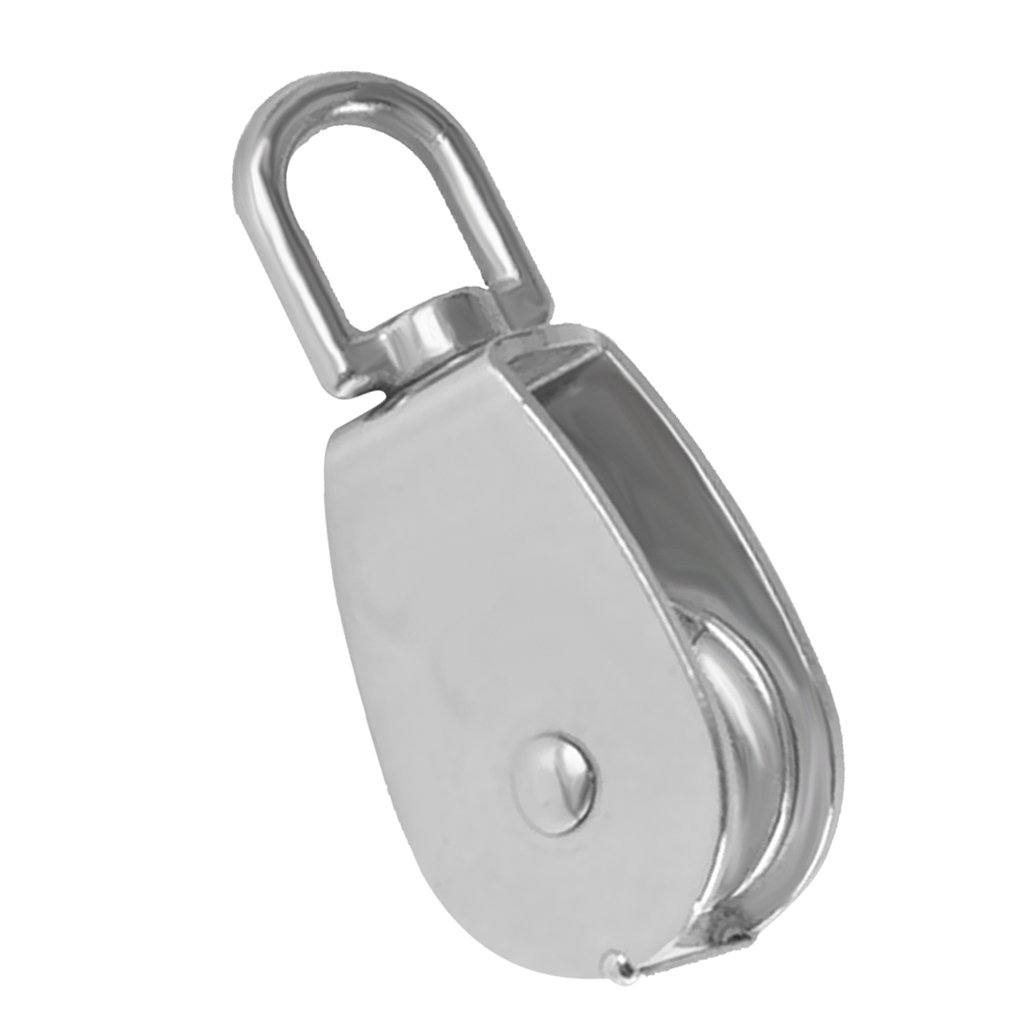
How do you select the right stainless pulley configuration for a specific task?
Selecting the right stainless pulley configuration for a specific task involves considering several factors to ensure optimal performance and compatibility. Here’s a step-by-step guide:
- Identify the Application Requirements: Understand the specific requirements of the task or application. Consider factors such as load capacity, speed, torque, and environmental conditions. This information will help determine the appropriate pulley size, design, and material.
- Determine the Pulley Type: Choose the most suitable pulley type for the task. Options include flat-faced pulleys, V-belt pulleys, timing pulleys, or specialty pulleys. The choice depends on the power transmission method, belt or rope type, and the desired accuracy or functionality required for the task.
- Calculate Pulley Size: Calculate the required pulley size based on the desired speed ratio, belt or rope pitch diameter, and the desired operating speed. Consider the pulley’s diameter, width, and groove dimensions to ensure compatibility with the system components and achieve the desired power transmission performance.
- Consider Pulley Material: Choose a stainless pulley material suitable for the specific task. Consider factors such as corrosion resistance, durability, and environmental conditions. Stainless steel alloys like 304 or 316 are commonly used for their corrosion resistance, while specialty alloys may be required for extreme conditions or specific industry requirements.
- Evaluate Pulley Design Features: Assess additional design features that may be necessary for the task. This could include flanges, grooves, keyways, or specific mounting options. These features ensure proper belt or rope alignment, prevent slippage, and provide compatibility with other system components.
- Consider Pulley Accessories: Determine if any accessories or components are needed for the pulley configuration. This could include bearings, bushings, shafts, or mounting hardware. Select accessories that are compatible with the pulley design and facilitate smooth operation and easy installation.
- Review Industry Standards and Regulations: Ensure that the selected pulley configuration meets relevant industry standards, regulations, and safety requirements. This is particularly important in industries such as aerospace, automotive, or medical, where strict compliance is necessary.
- Consult with Experts: When in doubt, consult with pulley manufacturers, engineers, or industry experts. They can provide valuable guidance and expertise in selecting the right stainless pulley configuration for the specific task.
By following these steps and considering the application requirements, pulley type, size, material, design features, accessories, industry standards, and seeking expert advice, you can select the appropriate stainless pulley configuration that will ensure optimal performance, reliability, and safety for the specific task at hand.
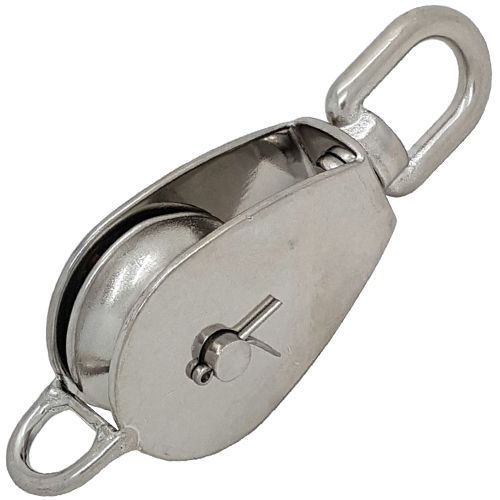
What role do stainless pulleys play in ensuring clean and hygienic operations in certain industries?
Stainless pulleys play a crucial role in ensuring clean and hygienic operations in certain industries. Here’s how they contribute to maintaining cleanliness and hygiene:
- Material Composition: Stainless pulleys are typically made from stainless steel, a material known for its hygienic properties. Stainless steel is non-porous, resistant to bacteria, and easy to clean, making it suitable for industries where cleanliness is paramount.
- Smooth and Seamless Surfaces: Stainless pulleys are designed with smooth and seamless surfaces, reducing the potential for dirt, debris, or contaminants to accumulate. The absence of crevices or rough surfaces makes it easier to clean the pulleys thoroughly, ensuring that no bacteria or other contaminants are left behind.
- Resistance to Corrosion: Stainless steel is highly resistant to corrosion, which is essential for industries that require frequent cleaning or exposure to cleaning agents and disinfectants. The corrosion-resistant nature of stainless pulleys ensures that they can withstand regular cleaning processes without degradation or compromising their hygienic properties.
- No Risk of Contamination: Stainless pulleys do not shed particles, rust, or corrode, ensuring that they do not contaminate the surrounding environment or the products being handled. This is particularly important in industries such as food processing, pharmaceuticals, or cleanrooms, where even the slightest contamination can have serious consequences.
- Compliance with Regulations: Industries such as food and beverage, pharmaceuticals, and healthcare are subject to stringent regulations and standards regarding cleanliness and hygiene. Stainless pulleys help these industries meet regulatory requirements by providing a hygienic material choice that can be easily cleaned, sanitized, and maintained.
- Longevity and Reliability: Stainless pulleys offer excellent durability and longevity, reducing the need for frequent replacements. This ensures that the pulleys can maintain their hygienic properties over an extended period, contributing to the overall cleanliness and hygiene of the operations.
In summary, stainless pulleys play a vital role in ensuring clean and hygienic operations in industries that require strict cleanliness standards. Their material composition, smooth surfaces, resistance to corrosion, non-contaminating nature, compliance with regulations, and longevity contribute to maintaining a hygienic environment and preventing contamination in industries such as food processing, pharmaceuticals, healthcare, and others.
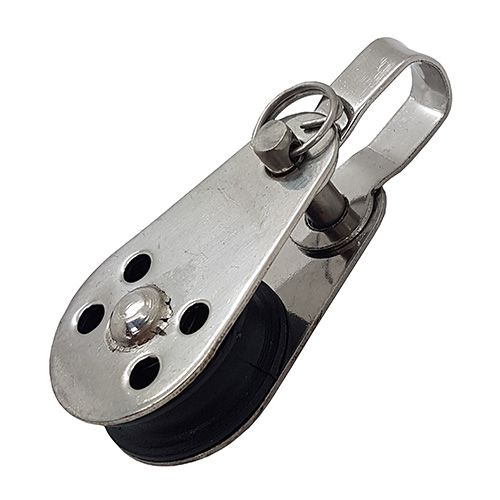
How does the use of stainless steel in pulleys impact their performance in challenging environments?
The use of stainless steel in pulleys has a significant impact on their performance in challenging environments. Here are the key ways in which stainless steel enhances pulley performance:
- Corrosion Resistance: Stainless steel exhibits excellent corrosion resistance, making it highly suitable for challenging environments where exposure to moisture, chemicals, or other corrosive substances is prevalent. The corrosion-resistant properties of stainless steel enable pulleys to maintain their structural integrity and functionality over extended periods, even in harsh and corrosive conditions.
- Durability: Stainless steel is known for its exceptional strength and durability. When used in pulleys, stainless steel enhances their ability to withstand heavy loads, high speeds, and repetitive use without deformation or failure. This durability ensures reliable performance and minimizes the risk of premature wear or damage, even in demanding and challenging environments.
- Temperature Resistance: Stainless steel pulleys can withstand a wide range of temperatures, making them suitable for challenging environments with extreme heat or cold. They retain their mechanical properties and dimensional stability, ensuring consistent performance and reliable operation in environments with temperature variations.
- Chemical Resistance: Certain industries or applications may involve exposure to chemicals or corrosive agents. Stainless steel pulleys, with their resistance to chemical reactions, are well-suited for such environments. They can withstand contact with various chemicals without undergoing degradation, ensuring long-term performance and operational reliability.
- Low Maintenance: Stainless steel pulleys require minimal maintenance due to their inherent properties. Their corrosion resistance reduces the need for frequent cleaning, inspection, or replacement, resulting in lower maintenance costs and increased operational efficiency in challenging environments.
- Hygienic Properties: In industries such as food processing or pharmaceutical manufacturing, maintaining cleanliness and hygiene is crucial. Stainless steel pulleys are hygienic and easy to clean, as they do not harbor bacteria or contaminants. This property ensures compliance with strict industry standards and facilitates safe and sanitary material handling in challenging environments.
In summary, the use of stainless steel in pulleys significantly enhances their performance in challenging environments. The corrosion resistance, durability, temperature resistance, chemical resistance, low maintenance requirements, and hygienic properties of stainless steel contribute to the reliability, longevity, and efficiency of pulleys in demanding industrial applications.


editor by CX
2024-05-15
